Summary:
Chain conveyors system play an important role in port loading and unloading. You can learn about the characteristics, relevant classification and type of chian conveyors system.
Chain Conveyors System - Everything You Need to Know
What is a chain conveyor system?
Types of Chain Conveyors
What are good uses of the chain conveyors?
Relevant technical parameters
How does the chain conveyors system work? How do you choose the right one for your business? This article will answer all of these questions and more as we go over everything you need to know about the chain conveyor system and how it can be used in a wide variety of applications, such as moving bulk material, warehousing, and even construction.
Read until the end to make the best decision for your business.
What is a chain conveyor system?
If you’re trying to figure out how a chain conveyor system works, don’t worry. They’re pretty simple and easy to understand. Think of a conveyor belt at a grocery store—only on steroids! Chain conveyors are powered by continuously moving metal chains that transfer material from one point to another.
There are several different types of chain conveyors, including endless chains and shuttle chains, but all work in much the same way: during operation, material is placed onto or picked up off a transport plate on one end and guided by chains through a channel that leads it where it needs to go.
Types of Chain Conveyors
There are a number of different types of chain conveyors, but they all work similarly. Let’s look at some of these in detail. As an example, we will be using a vertical continuous chain conveyor (VCC) to discuss differences between models. Each type is meant for different environments and has unique needs when it comes to maintenance and operation.
It’s essential that you choose carefully before getting started on your installation project so that you don’t end up with a system that can’t support your business requirements or is difficult to keep running smoothly.
Apron chain conveyor
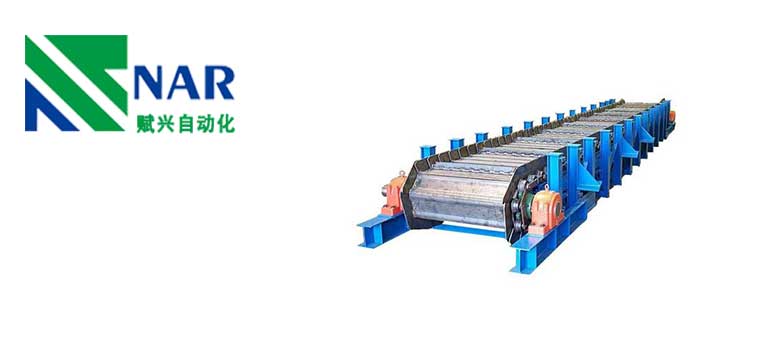
Used in a number of industries, apron chain conveyor is used for conveying materials throughout a facility. It’s ideal for transporting parts and assemblies quickly and effectively. In essence, an apron conveyor carries loose materials in the form of bulk materials like coal, lime, sand, stone, and sugar cane. In the process, the apron conveyor, the feeder to elevating systems, assists in the pick-up or unloading process, and works as an extension to long horizontal or inclined conveyors.
Drag chain conveyor
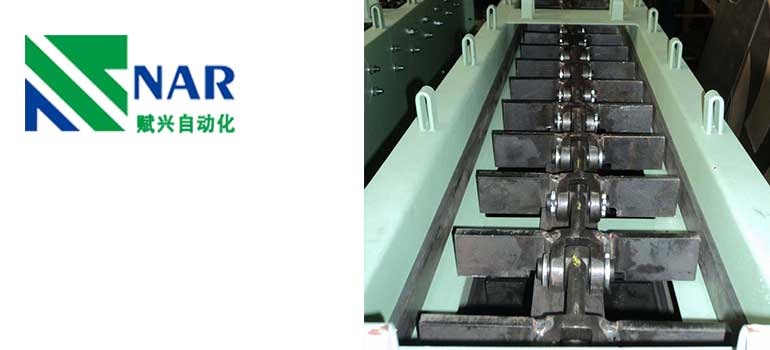
This conveyor system consists of a chain and has only one rail. Drag chains have flexible loops with no hooks, so material can be inserted and removed at any point along its length. This type of chain conveyor is used for products that do not have consistent weight or dimensions. For example, it is often used in situations where a batch process changes depending on factors such as production rates or incoming material types. It has no front/back orientation so it can be used in either direction.
The ability to change direction means they are generally easier to fit into a manufacturing line than other types of conveyors. They also come in varying lengths and loop heights, making them suitable for many applications.
Plain chain conveyor
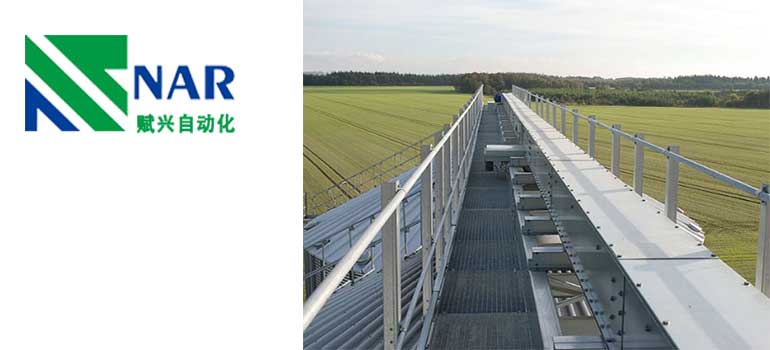
Chain conveyors are typically installed on existing floors and connect with other pieces of material handling equipment. There are two main types of chain conveyors: plain (or endless) and loop. A plain chain conveyor is made up of a series of interlocking metal plates, while a loop chain conveyor has an opening between each link that allows objects like pallets or boxes to pass through.
Scraper conveyor
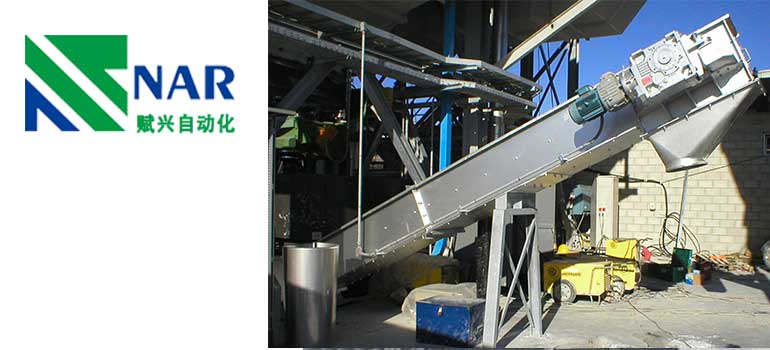
If you’re shipping things that don’t weigh much—like paper products, peanuts, or spices—you might consider a scraper conveyor. This is basically just a belt with big buckets that scoop up products and move them along (that is what scraper means).
Scraper conveyors are great if you need to protect your product from contamination or generally want to keep them contained. Plus, they can be placed above a pallet, which reduces labor costs and overhead. A scraper conveyor system will typically take up less space than other conveyors. All of its components are positioned vertically, so you save horizontal space compared with traditional systems.
Flight conveyor
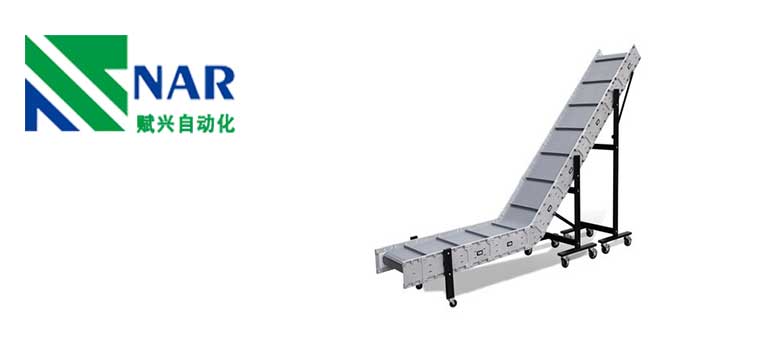
Because a flight conveyor is designed for lighter loads, it often works best when conveying parts or products. The ability to easily change and align flights makes a flight conveyor very easy to reconfigure, making it a good choice for fast-moving operations where needs may change frequently.
One of its main advantages is speed: because it is literally pulled by gravity, there is no need for a separate drive system. Instead, all you need is power going into your electric motor. This means they can be faster than other chain conveyors if that’s what you’re looking for. However, because there are less mechanical parts in your system, it also means you are more vulnerable if something goes wrong—there’s no backup safety net in most cases.
En-masse conveyors
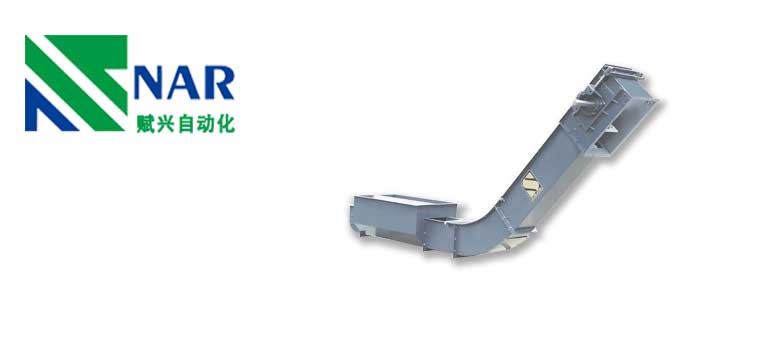
Large conveyors move loads quickly and efficiently, but they can also be difficult to integrate into your existing systems. A good alternative is an en-masse conveyor system.
These are composed of a series of smaller conveyors that all feed into one large line. As each section moves product in a more controlled manner, you can transport everything from different departments in an orderly fashion without taking up as much room or disrupting any other processes within your facility.
What are the features of chain conveyor
A conveyor is an enclosed transport device designed to move materials horizontally, short distances, and load or unload automatically.
Chain conveyors are used in a variety of industries, including food and beverage distribution, chemical manufacturing, pharmaceuticals and hospitals. For your needs as a company owner you may be interested in getting some information on what is a chain conveyor system. Below we have highlighted some important things you need to know about it. So let’s take a look at its main features:
- Chain conveyors can handle heavy loads, even those that would normally cause other types of conveyors to break down. They also require less maintenance than belts or buckets because they run more smoothly.
- They are versatile: If you want to change your existing belt conveyor into a chain type one, all you need is just replacing parts with new ones and voila! The whole process will not take much time nor cost too much money either.
- They are also designed for long term use and can handle large amounts of materials every day.
- The friction and tear are reduced thanks to its design
If you want some more info on chain conveyors, check out our website or contact us today.
What are good uses of the chain conveyors
Chain conveyors are used in a wide variety of applications, including shipping, receiving and moving all sorts of cargo. For example, if you work in an Amazon fulfillment center, it’s likely that your job involves loading or unloading packages onto conveyors. Depending on how it’s used and constructed, a chain conveyor can be stationary or mobile. They’re commonly used for high-speed applications where precise delivery is critical.
There are several different types of chain conveyors that exist today. These include variable length models that feature segments of different lengths (useful for sorting and classifying items) as well as pneumatic belt conveyors that use air pressure for braking systems and more. Your chain conveyor manufacturer should be able to advise you on all options available.
Relevant technical parameters
There are 5 main parameters of the chain conveyor system, including chain, conveyor frame and motor, sprocket and guide rail. From technical parameters to quality control, there are numerous details to be examined during the production process.
They not only refer to actual performance in transporting materials but also determine their cost and price. Moreover, in the application process of chain conveyor systems, all of these factors will affect its use greatly. Therefore it is important for us to choose relevant technical parameters before you make your purchase.
